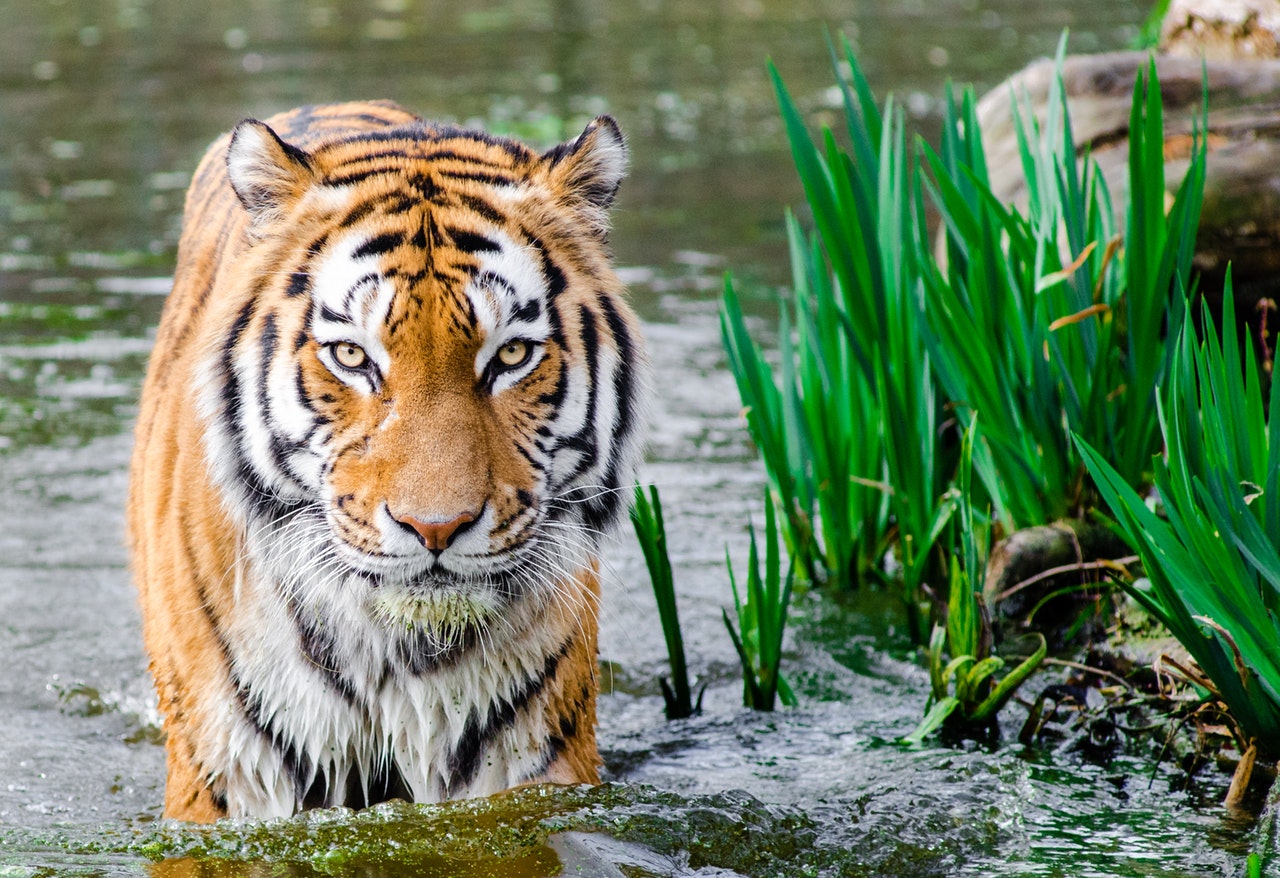Insider Hacks On Getting The Best Out Of Your Wildlife Spotting Expedition
“Adopt the pace of nature: her secret is patience” – Ralph Waldo Emerson. Take this mantra with you the next time you venture into the wilderness for precious wildlife spotting. The Guardian reports the interesting story of the national history writer and book author, Patrick Barkham, for whom going back to nature and witnessing wildlife has become a meditation. To him, the greatest joy of wildlife viewing is to blend with nature and think of yourself as a part of the ecosystem, which is when you can truly enjoy witnessing wildlife in its natural environment. This article shares some well gathered expert tips for travelers yearning to learn how to get the most out of their wildlife expeditions.
Learn the art
Patience plays a key role in this adventure. Moreover, maintaining your ethics of keeping a safe distance from the animal so as to not to scare it or put yourself in a possible risk is a prerequisite in the wilderness. To spot animals and birds effectively, a keen eye for pattern or texture of environment is a must. Make yourself well familiar with the patterns of vegetation, landscapes, water, and rocks, as, even subtle changes in them prompts the possible presence of wildlife. For example, ripples, splashes, rings, swells or dimples on the surface of a water body are often an indication of wildlife movements. Often, animals themselves can become guides for an enriching wildlife viewing, such as a group of feeding seagulls can indicate the presence of a school of fishes, which in turn, might be attracting bigger sea mammals like whales. Also, maintaining silence helps you focus on the nature sounds and listen to any animal footsteps, bird songs, breaths or calls.
Improve your chances
Wildlife is best spotted in the mornings and evenings, in the hours close to the night. Besides, edges, where the forest landscape changes to grasslands, the probability of finding forest animals, is much higher. For viewing marine animals, keeping a note of the tides is important as the high tides are when the resting shorebirds and spawning fishes show up while the low tides bring along better views of the tidepool aquatic life.
Be well-equipped
Besides expert advice, using the right gear plays an important role in enhancing wildlife viewing experience. Keep a pair of binoculars handy to get up close and personal with wildlife even while seated comfortably and safely at a faraway distance. For getting more than 7x to 10x magnification, bring a spotting scope. Even while photographing wildlife, you need not get dangerously close to an animal to get that perfect shot. A camera with the perfect set of zoom lenses will do just that for you and with telephoto lenses, you can capture the sharpest wildlife images. To get more satisfactory results, bring a lightweight tripod with a smooth operating head and independently adjustable legs to stand on uneven terrain. If you are a serious hobbyist, you might like to invest in a camo cover to protect your camera and lens, often available in camouflaging versions.
Learning important wildlife watching hacks and gradually including them in your experience not only makes you a better wildlife spotter but also enriches your personal adventure. Not only does your knowledge of wildlife grow but also, you can connect more with Mother Nature.

